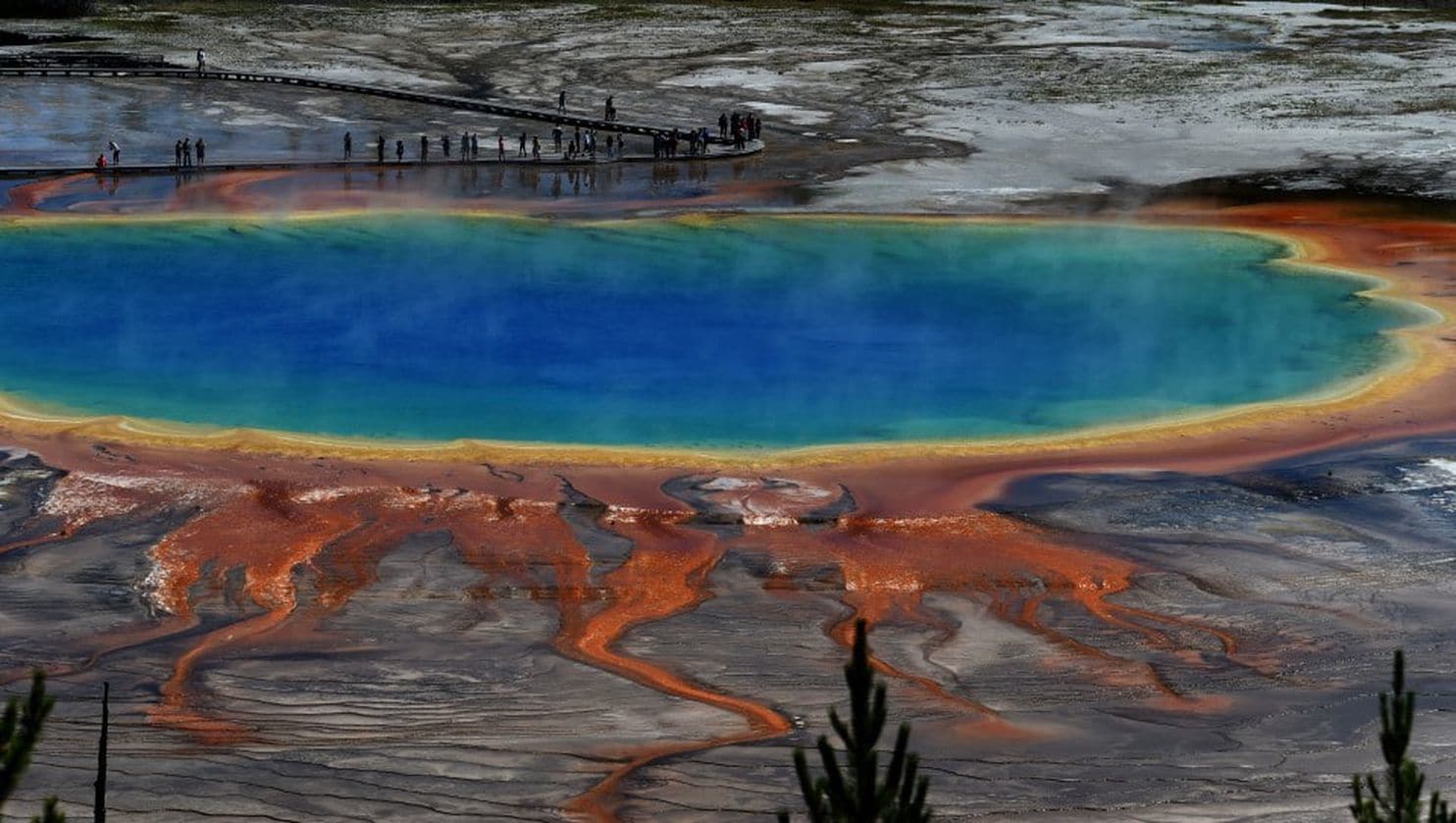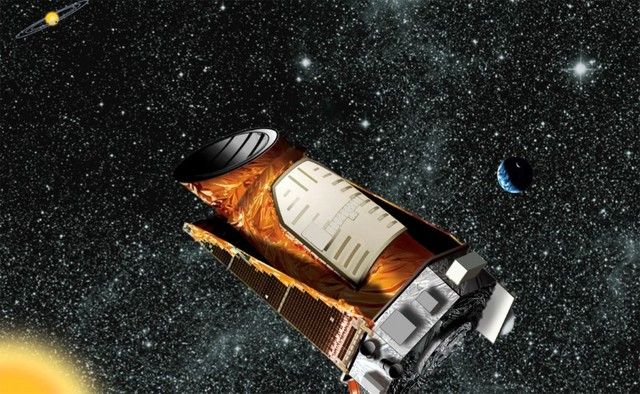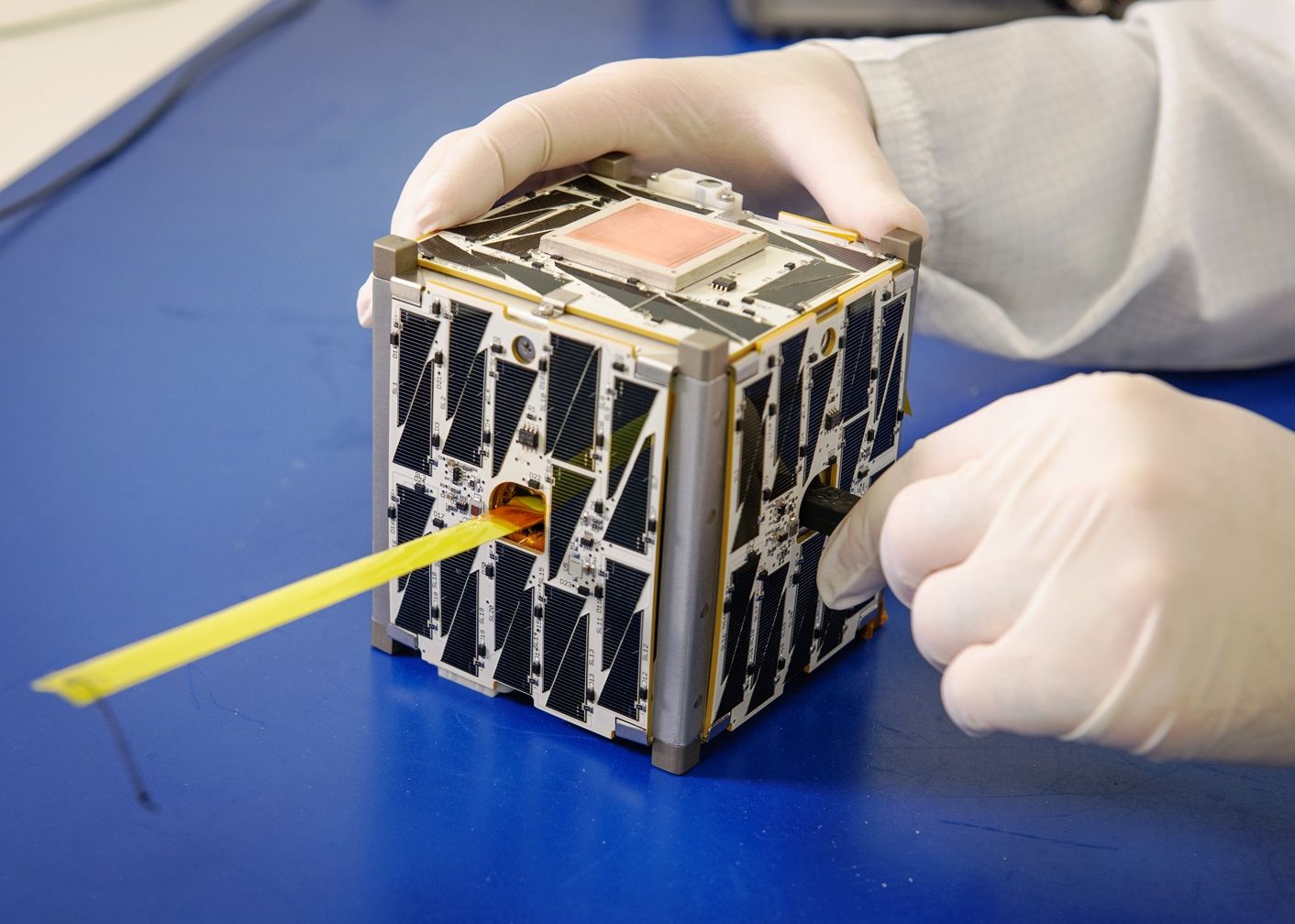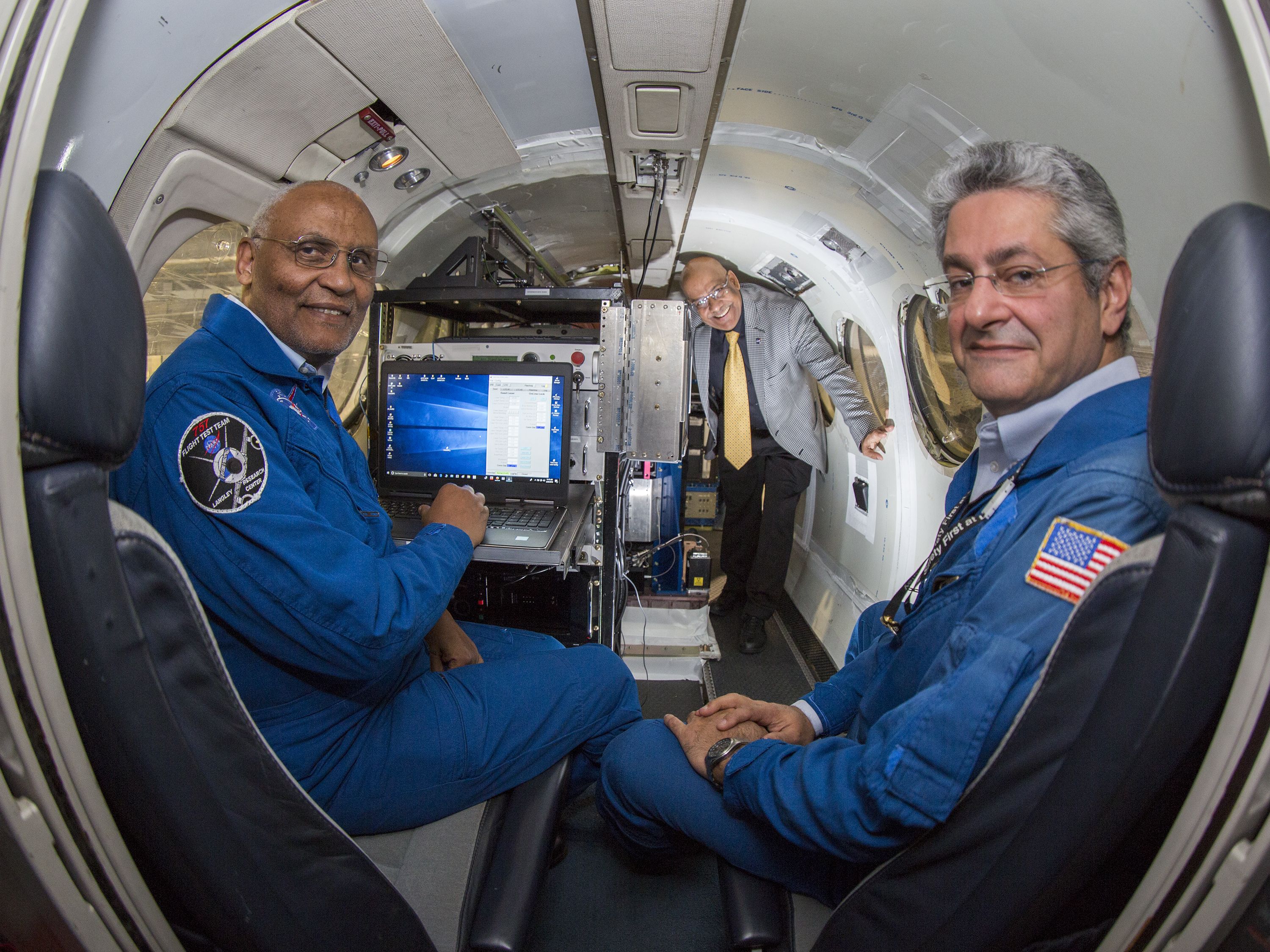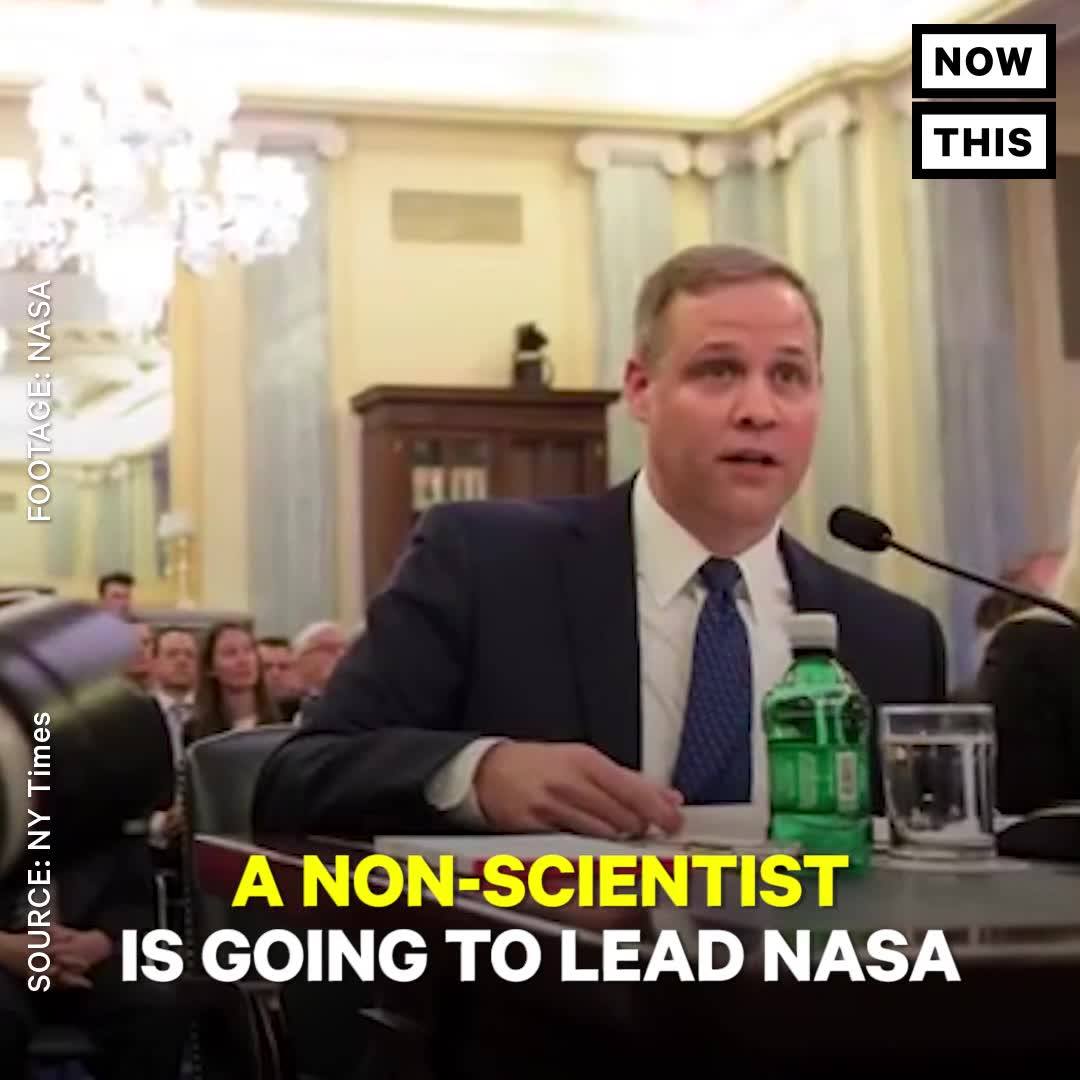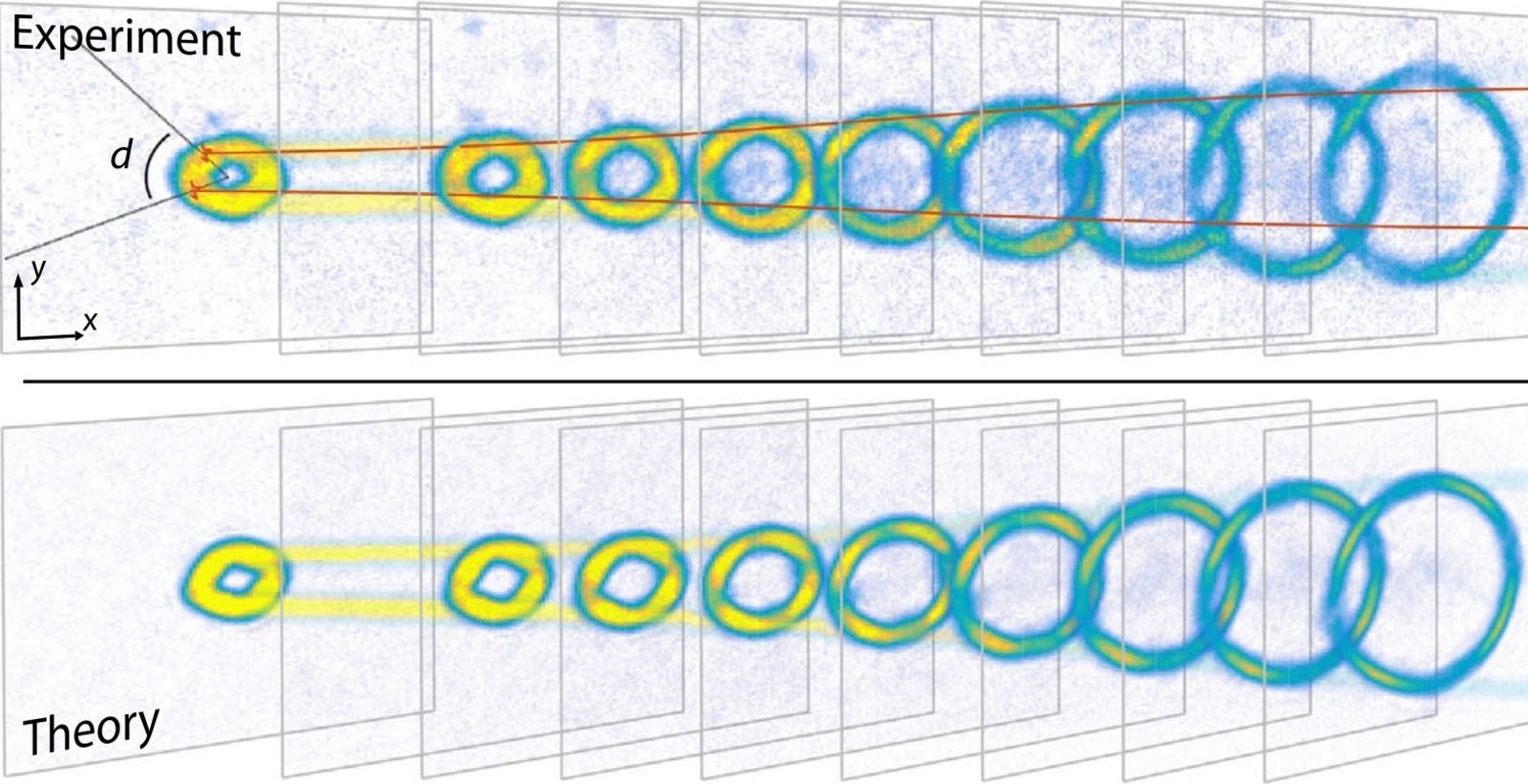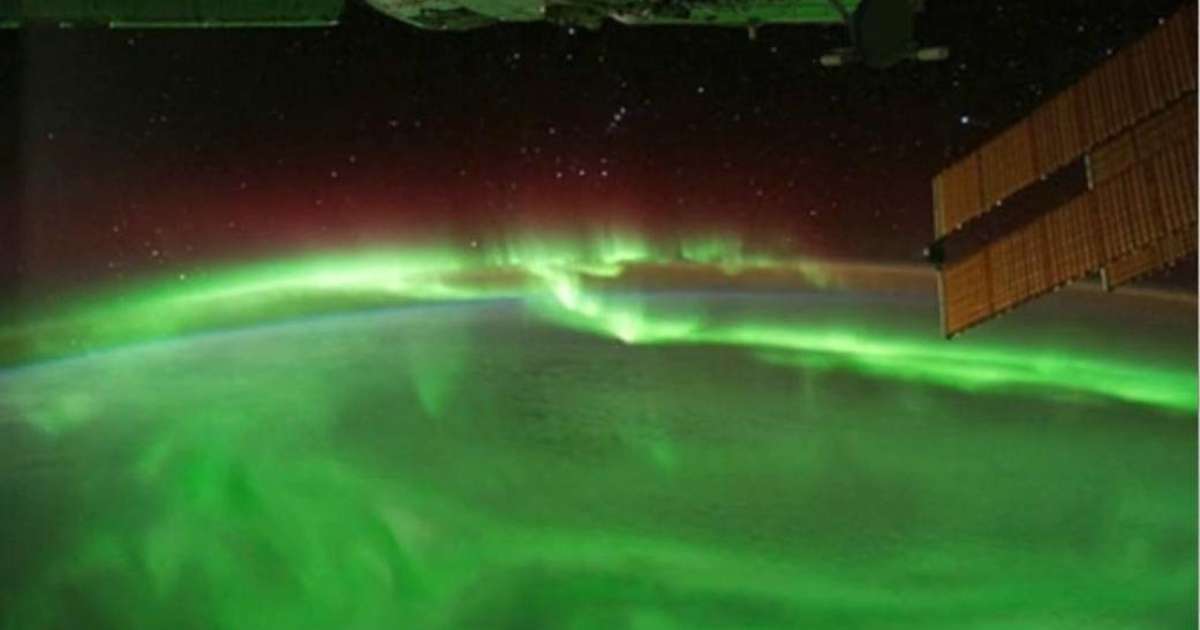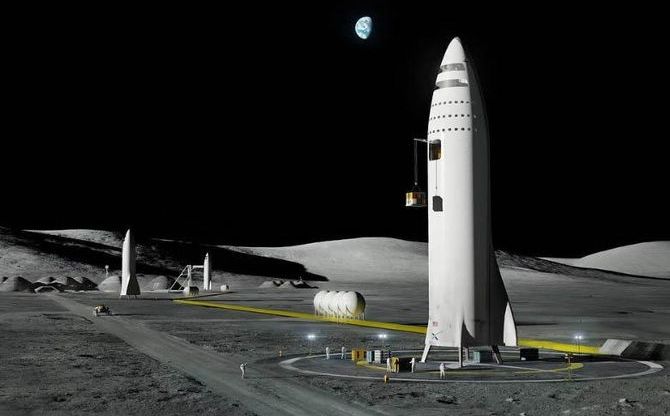Scientists have new insight into the restless magma chambers underlying Yellowstone National Park.
ORLANDO, Fla.—Adrienne Dove, a University of Central Florida (UCF) planetary scientist, physicist, and associate professor, capped off the university’s 2018 Distinguished Speaker series with a talk about CubeSats and UCF’s involvement with CubeSat-based science missions.
Highlights of a growing program
Dove began her talk detailing some of the key activities of the university’s Physics Department.
Ignored for 30 years after its discovery, this archaic baleen whale finally gets a place in the spotlight.
A whale fossil unearthed three decades ago in New Zealand’s South Canterbury district has led to an unexpected find that rewrites the history of whale evolution, National Geographic reports.
The fossil dates back 27 million years ago and was identified as a previously unknown genus of baleen whale.
Eerie similarities unite vastly different scientific ideas in sometimes utterly surprising ways. One of these similarities may have allowed scientists to recreate the expanding universe—on a countertop.
Researchers accomplished their feat using Bose-Einstein condensates, which are collections of certain atoms held to the near coldest-possible temperatures. Bose-Einstein condensates let scientists see teeny quantum mechanical effects on a much larger scale, and have been used to do lots and lots of wild physics. These scientists hope they can use its quirks to model the behavior of the far grander cosmos.
“It’s hard to test theories of cosmology,” study author Gretchen Campbell, from the University of Maryland’s Joint Quantum Institute, told Gizmodo. “Maybe we can actually find a way to study some cosmological models on the laboratory scale.”
And, in addition to these heavy hitters, there are quite a few other companies offering tourists a chance to reach space, too. Some are farther along in development than others, and there are always reasons to be skeptical when talking about space tourism. We’ve seen plenty of similar ventures come and go over the years without making it to space. But we choose to remain optimistic. Here are the most recent commercial space programs that would love to take you out of this world—for a price.
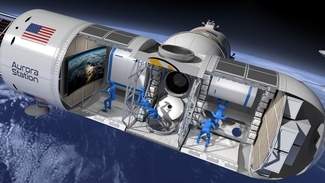
An illustration of what the interior of Orion Span’s Aurora Station might look like.
SAS® supports the creation of deep neural network models. Examples of these models include convolutional neural networks, recurrent neural networks, feedforward neural networks and autoencoder neural networks. Let’s examine in more detail how SAS creates deep learning models using SAS® Visual Data Mining and Machine Learning.
Deep learning models with SAS Cloud Analytic Services
SAS Visual Mining and Machine Learning takes advantage of SAS Cloud Analytic Services (CAS) to perform what are referred to as CAS actions. You use CAS actions to load data, transform data, compute statistics, perform analytics and create output. Each action is configured by specifying a set of input parameters. Running a CAS action processes the action’s parameters and data, which creates an action result. CAS actions are grouped into CAS action sets.
